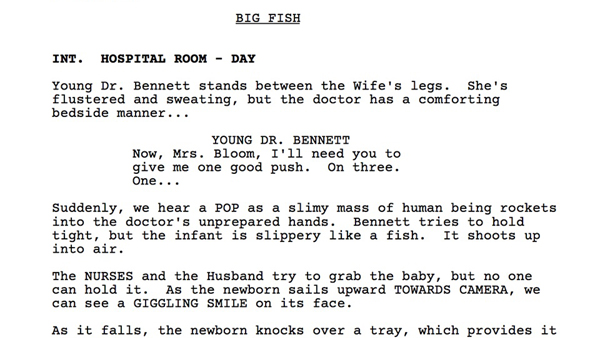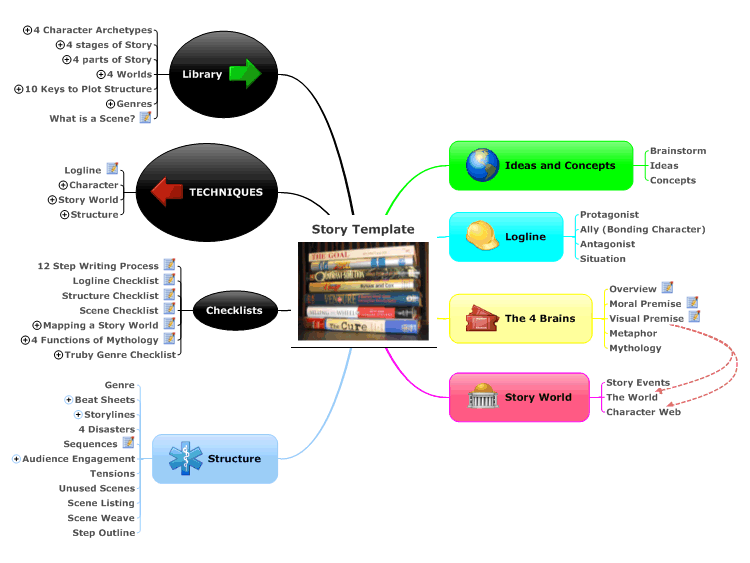
With concept, or plot-driven, stories, the pieces are usually still the same, but the stakes are higher-survival, life or death, the-end-of-the-world-as-we-know-it kind of stakes. This is a great question and one I didn’t consider, since I write (and tend to read) character-driven stories where the character arc is an important piece. And that could pay off in book sales, manuscript requests, and editor/agent interest. If you can accomplish this, you’ll have created an honest and catchy pitch to give to anyone who might be interested in your story. It’s also important to phrase them in a way that creates interest and intrigue. It’s important to be able to narrow your story down to these three elements. When a killer shark unleashes chaos on a beach community ( conflict), the local sheriff ( protagonist), a marine biologist, and an old seafarer must hunt the beast down ( goal) before it kills again ( stakes). Emmett Brown, and must make sure his high-school-age parents unite ( goal) in order to save his own existence ( stakes). Let’s look at them again to see the breakdown:Ī small time boxer ( protagonist) gets a once in a lifetime chance to fight the heavyweight champ ( conflict) in a bout in which he strives to go the distance ( goal) for his self-respect ( stakes).Ī young man ( protagonist) is accidentally sent 30 years into the past ( conflict) in a time-traveling DeLorean invented by his friend, Dr.

What Should a Logline Include?Įach of these loglines contain four things: the protagonist, overall goal, main conflict, and stakes. When a killer shark unleashes chaos on a beach community, the local sheriff, a marine biologist, and an old seafarer must hunt the beast down before it kills again. Emmett Brown, and must make sure his high-school-age parents unite in order to save his own existence. (Rocky)Ī young man is accidentally sent 30 years into the past in a time-traveling DeLorean invented by his friend, Dr. Here are a few examples of loglines from movies you might recognize (and they’ll also hint at how old I am):Ī small time boxer gets a once in a lifetime chance to fight the heavyweight champ in a bout in which he strives to go the distance for his self-respect. Writing a logline can help you see potential problems or gaps within your story that will need addressing in order to get you back on the right track. If you can’t write a good one, it may not be the logline that’s the problem, but your story itself. So it’s always good to have a logline prepared.Īnother good reason to write a logline is because it defines your story. It comes up unexpectedly, and if you’re not prepared, it can catch you off guard.

The tricky thing is…this question is usually an impromptu one.

Sometimes they’ll be other important people, like potential readers who might buy your book if it catches their fancy.

Loglines are important because people will always be asking you: What’s your book about? Sometimes, those people will be influential folks, like editors, agents, publishers, etc. What Is a Logline?Ī logline is a one- or two-sentence pitch that explains what your story is about in a way that makes listeners want to read it. We haven’t talked much about this at the blog, so I wanted to briefly discuss what a logline is and why you should have one. I’ve been thinking recently about loglines and why every author should have one for his/her story.


 0 kommentar(er)
0 kommentar(er)
